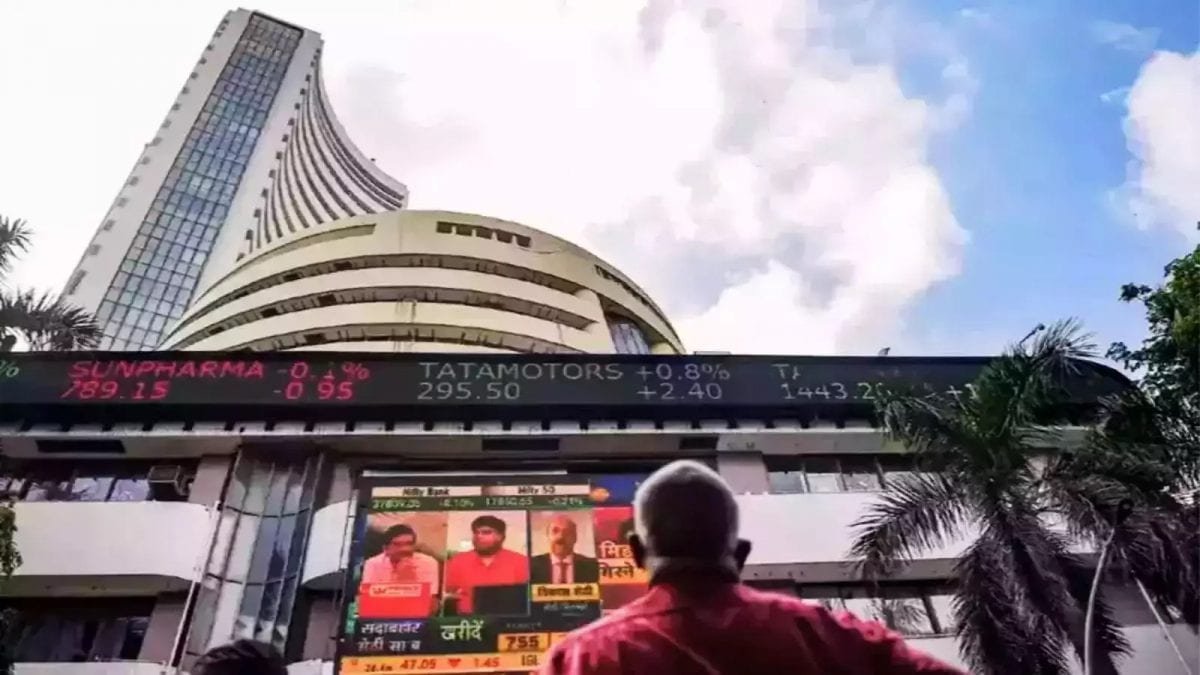Last Updated:June 26, 2025, 17:15 IST
Recurring deposits are ideal for people who want to build a habit of saving, without investing large amounts all at once.
Opening a recurring deposit account online is simple and hassle-free. (Representative Image)
Saving money regularly is one of the most important financial habits. Whether it’s for emergencies, future goals, or just building financial discipline, putting aside a fixed amount every month can make a big difference. This is where Recurring Deposits (RDs) come into play.
An RD is a simple and safe way to grow your savings over time with guaranteed returns, making it a popular choice for salaried individuals and new investors alike.
Here’s a quick guide to understanding what a Recurring Deposit is, its key features, and how it helps you save smartly.
What is a Recurring Deposit?
A Recurring Deposit (RD) is a savings scheme offered by banks and financial institutions that allows individuals to deposit a fixed amount of money every month for a specific period. In return, the bank offers a fixed interest rate on the amount deposited, and the investor receives a lump sum (principal + interest) at the end of the term.
Key Features of a Recurring Deposit:
– Fixed Monthly Deposits: You deposit a set amount every month, like Rs 500 or Rs 1,000, based on your choice and affordability.
– Flexible Tenure: You can choose how long you want to save, typically from 6 months to 10 years, depending on the bank.
– Guaranteed Returns: The interest rate is fixed at the time of opening and doesn’t change with market conditions. You know exactly how much you will earn.
– Low Risk: Since it’s not linked to the stock market, RDs are safe and secure, making them ideal for conservative savers.
– Interest Compounding: Interest is usually compounded quarterly, so you earn interest not just on your deposits but also on the interest already earned.
– Loan Facility: Some banks let you take a loan or overdraft against your RD balance if you need emergency funds.
– Premature Withdrawal: You can close your RD before maturity, but it may come with a penalty or lower interest payout.
– No Market Dependency: Returns are not affected by stock market ups and downs—great for people looking for stability.
Check how an RD usually works:
– You choose a monthly deposit amount and a tenure (usually from 6 months to 10 years).
– The amount is automatically deducted from your savings account every month.
– You earn interest on the total deposited amount at a pre-decided rate, similar to Fixed Deposits (FDs).
– On maturity, you get the total of all deposits plus interest earned.
How to Open an RD Account Online
Opening a recurring deposit account online is easy. Log in to your bank’s net banking or mobile banking app, go to the deposits section, choose “Recurring Deposit,” enter your deposit amount and tenure, and confirm. Your RD starts instantly, and monthly deductions begin from your linked savings account.
A team of writers and reporters decodes vast terms of personal finance and making money matters simpler for you. From latest initial public offerings (IPOs) in the market to best investment options, we cover al…Read More
A team of writers and reporters decodes vast terms of personal finance and making money matters simpler for you. From latest initial public offerings (IPOs) in the market to best investment options, we cover al… Read More
- Location :
Delhi, India, India
- First Published:
#Recurring #Deposit #Key #Features #Works #Open #Business #News



